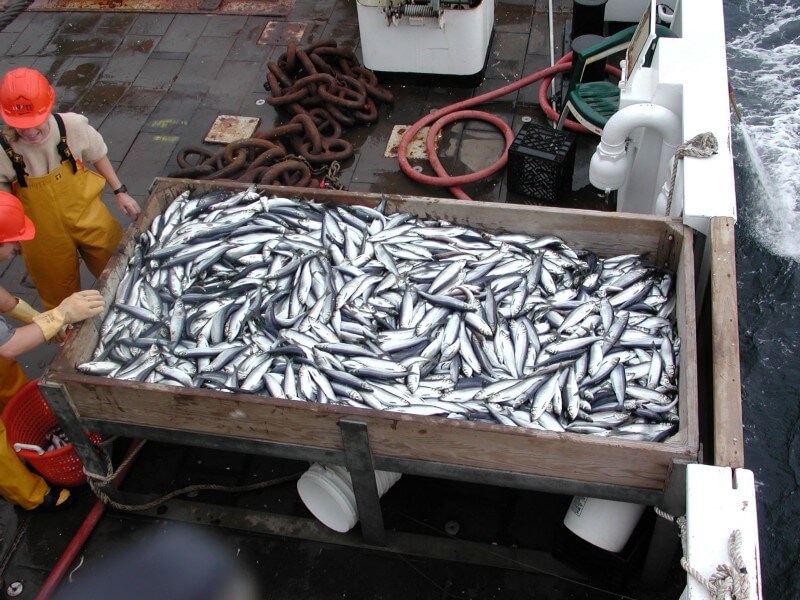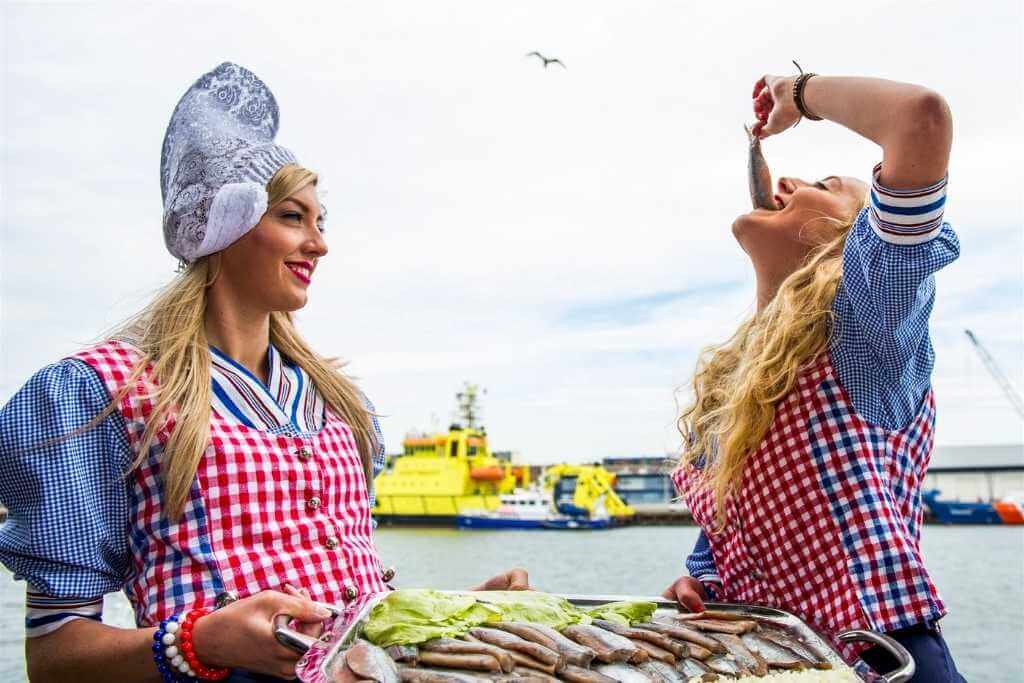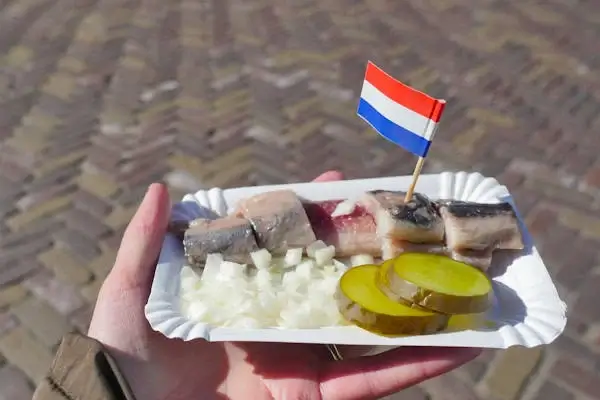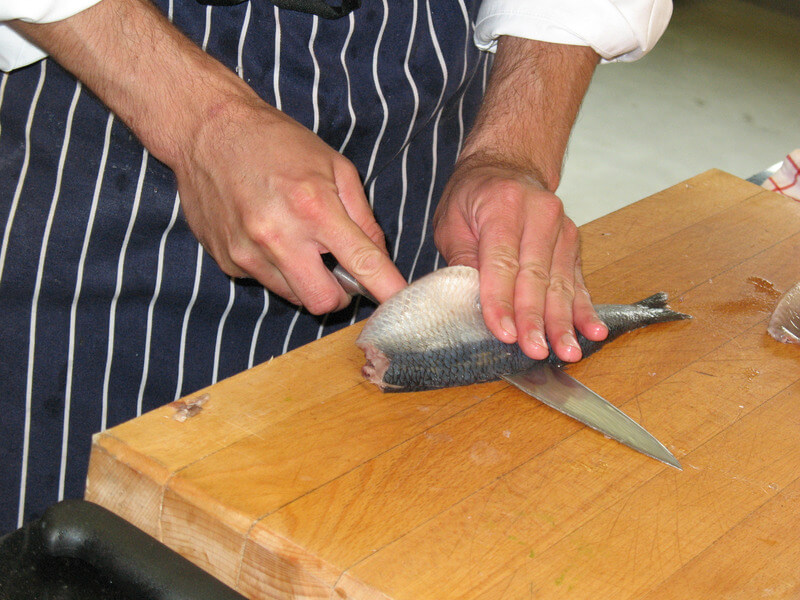The tiny fish that divides opinion is the herring ( Hollandse Nieuwe ). It’s beloved by the Dutch, who swigs it down while swinging it above their mouths. Tourists? Not really. When you see someone eating Dutch herring for the first time, it’s both a novelty that must be experienced and hilarious sight. Either they adore it, or they abhor it. Why do the Dutch consume so much herring, though? Why is this particular fish here? Let’s get started, shall we?
History of Dutch Herring

Although the dish itself has been a mainstay since the Middle Ages, Dutchies have been devouring these tiny fish discovered in the North Sea for years. It is not a traditional Dutch dish. Herring is an easy catch for fishermen because it moves in large schools along shallow coastlines, which historically played a significant role in the Dutch economy.
The Dutch started smoking and salting fish at some point in the Middle Ages so that it could be transported across Europe and preserved. The brine variety that is still used today in the Netherlands was developed in the 14th century after the addition of vinegar to the process and the addition of herbs and spices.
Contrary to popular belief, we mention that it has been brined or cured, proving that it is not raw. To avoid parasites, herring is partially gutted when it is caught and salted before being frozen for at least two days. The pancreas is partially retained because its enzymes mature the fish and enhance its flavor. At the herring stands in the market or at the fishmongers, it is further cleaned and prepared.
You’ll never really be Dutch until you try These Weird Foods
When is the Netherlands’ herring season?

The herring season lasts all year, but the flavor of the fish changes with the season and its corresponding fat content. In the winter, the fish lose some of their fat. When Hollandse Nieuwe haring is in season in June and July, that is the best time of year to eat herring. This herring was caught at the perfect time in terms of fat content, between the middle of May and the end of June. The fish is not sufficiently fatty prior to this time and is overly fatty afterwards.
Every year in Scheveningen, the customary auction of the first keg of herring takes place. The money always goes to a good cause. A record amount of money—more than €66,000—was made from the auction in 2009.
The herring season officially begins the day after the auction, and Flags Day is the following Saturday.
Top 10 Typical Dutch Foods You Must Try Before You Die
How to Dutch herring eating in the right way?

Dutch herring eating properly is important for visitors to the Netherlands, especially those who are visiting for the first time, in order to avoid negative comments from locals.
Grab a salty herring by the tail and let it slide down your throat, as is the custom in the Netherlands. If you want to do it the way the locals do, take a bite of the herring by holding it above your mouth while tilting your head back. Most likely, the herring will be served with onions, as this was traditionally done to temper the strong flavor.
This is frequently done with onions to help temper the strong flavor of the herring. Many Dutch people dislike it as well, and most tourists find it to be a repulsive way to eat fish.

Hollandse Nieuwe haring can also be consumed in other ways. In Amsterdam, they do things in a particular way, using sliced raw onions, gherkins, and smaller pieces. Because poor families frequently couldn’t afford a whole fish, they were often sold in pieces, which is why Amsterdam does it this way. The Dutch city used to be the center of the herring trade.
Herring need not always be consumed raw. It can also be smoked or served fried.
How is Hollandse Nieuwe prepared?

The herring must be traditionally prepared and have a minimum fat content of 16 percent in order to be referred to as Hollandse Nieuwe.
The preparation of salt herring is called gibbing. This requires using a specially made knife to cut out the gills and a portion of the gullet. The liver and pancreas, however, are spared because they secrete flavor-enhancing enzymes. The heart and intestines must also be removed during gibbing, and the fish is then salted and stored in a wooden barrel. The herring can be transported and stored for extended periods of time in this manner.
Herring is typically caught between May and September, and it can be very hard to find during the winter. Virgin herring is where the names maatje and maatjes herring originate. As a result, the herring that was caught cannot yet be referred to as Hollandse Nieuwe haring because it does not yet have roe.
Stroopwafel: The Best Dutch Waffle Cookie And Best Places To Try